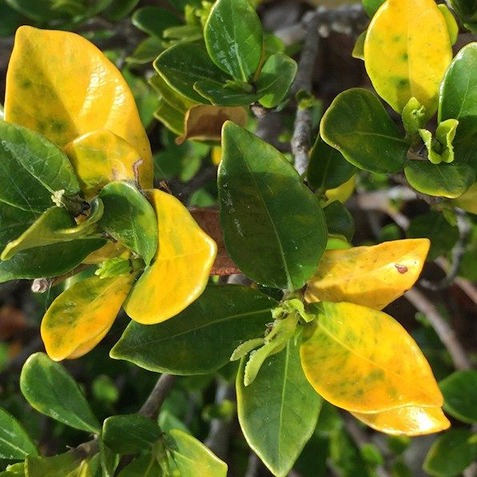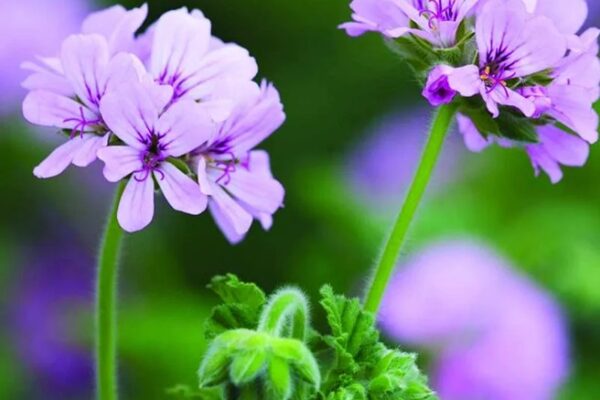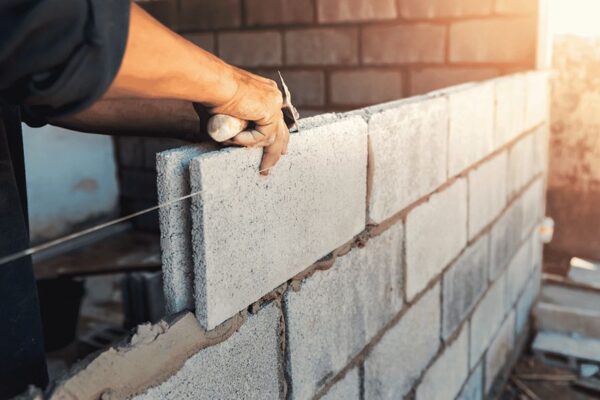How to Grow and Care for Dahlias Excellently
It is rewarding to experience grow and care for dahlias. Dahlias are a type of flower that typically blooms from midsummer until the arrival of the frost, making them a late-season addition to gardens. They offer a remarkable array of colors, patterns, sizes, and flower forms, ranging from small border plants to enormous blooms the size of a dinner plate. These versatile flowers can be found atop tall, towering plants that reach up to 6 feet in height.
In warmer climates, dahlias are classified as perennials, meaning they come back year after year. However, in regions below USDA hardiness zone 8, they are considered annuals, requiring replanting each year. For optimal growth, dahlias thrive in areas with full sunlight exposure and well-drained soil. During the growing season, they benefit from regular and adequate watering. To successfully grow and care for dahlias, it is important to choose a suitable planting location that receives ample sunlight and has well-drained soil.
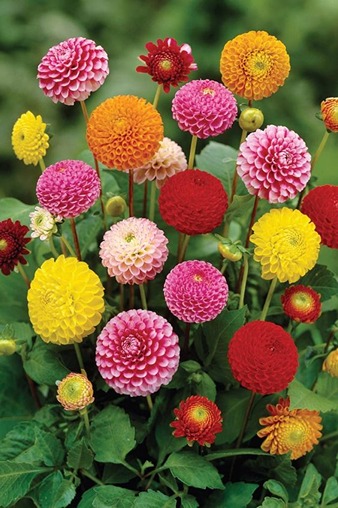
It’s crucial to note that dahlias are toxic to both dogs and cats. Therefore, it is advisable to plant them in areas that are inaccessible to pets, ensuring their safety. By keeping these flowers away from areas frequented by pets, the risk of accidental ingestion or contact with the toxic components of the plant can be minimized.
- Common Name: Dahlia
- Botanical Name: Dahlia spp
- Family: Asteraceae
- Plant Type: Perennial
- Mature Size: 1-6 ft. tall, 1-3 ft. wide
- Sun Exposure: Full
- Soil Type: Loamy, Well-Drained
- Soil pH: Neutral, Acidic
- Bloom Time: Summer, Fall
- Flower Color: Red, Pink, Orange, Yellow, Purple, White
- Hardiness Zones: 8-10 (USDA)
- Native Area: North America, Central America
- Toxicity: Toxic to dogs and cats

Grow and Care for Dahlias
- In early spring, when the last frost has passed and the soil has warmed up, it is time to plant dahlia tubers outdoors.
- Depending on the specific variety of dahlia, the tubers should be planted at a depth of 2 to 6 inches in the soil.
- Find a suitable planting location that receives abundant sunlight throughout the day.
- To ensure proper air circulation, space smaller dahlia varieties at least 12 inches apart, while larger varieties should have a spacing of up to 3 feet between each plant.
- Once the tubers have sprouted and the plants have started to grow, it is important to water them at least once per week. During dry periods, increase the frequency of watering to twice per week or even more.
- When the tubers have sprouted and the plants are growing, it is recommended to pinch off the top stem just above the highest set of branches. This will promote the growth of more blooms.
- To maintain a neat appearance and encourage continuous flowering, remove faded blooms from the dahlia plants. Deadheading helps in keeping the plant healthy and attractive.
Light
To ensure the prolific blooming of dahlias, it is essential for them to receive ample sunlight, ideally ranging from 6 to 8 hours per day. This extended exposure to sunlight is crucial for their growth and flowering.
In regions that share similar climatic conditions to the native growing regions of dahlias, such as USDA hardiness zones 8 and higher, it is advisable to provide some shade to the plants during the mid-afternoon period when the sun’s intensity is at its peak. This shading helps protect the dahlias from excessive heat, which can be detrimental to their overall health and development.
By offering a reprieve from the scorching afternoon sun in such climates, the plants can avoid stress and potential damage. It is worth noting that the specific duration and degree of shade required may vary depending on the local climate, so it is important to consider the specific needs of the dahlias and adjust accordingly.
Soil
Dahlias have a preference for nutrient-rich soil that is loamy in texture and contains an abundance of organic matter. It is important that the soil has excellent drainage capabilities. If you are uncertain about the richness of your soil, incorporating some compost into it can be beneficial.
In cases where the soil in your backyard tends to be heavier and clay-like, it is advisable to improve its texture by adding substances such as sand, peat moss, or manure. These amendments help to loosen the soil, allowing for better drainage and aeration, which is essential for the optimal growth of dahlias.
Maintaining a neutral soil pH level of approximately 6.5 is ideal for dahlias to thrive. Monitoring and adjusting the pH level of the soil can be achieved through various methods, such as soil testing or using appropriate pH modifiers. By ensuring that the soil pH remains within the desired range, you can provide an environment in which dahlias can flourish and reach their full potential.
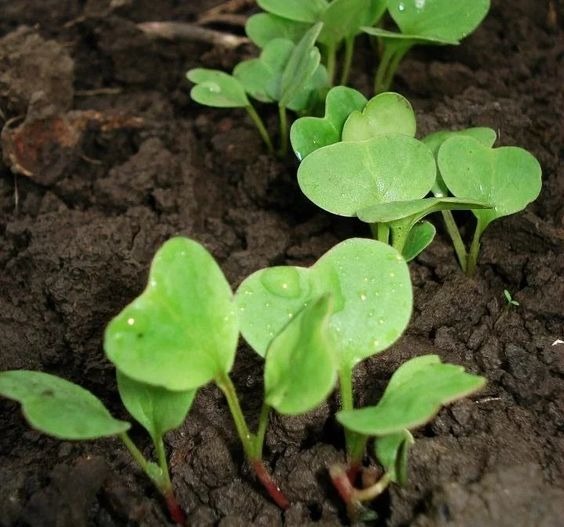
Water
After you have planted dahlia tubers in the spring, it is important to refrain from watering them until you start seeing green growth emerging above the soil surface. It is crucial to note that before the root system of dahlias develops, they do not require any watering. This initial period allows the tubers to establish themselves without excessive moisture.
Once the dahlias have sprouted and green growth is visible, you can begin watering them. It is recommended to water the plants once or twice a week, ensuring that the water penetrates deeply into the soil. This is particularly important because larger tubers are often planted at a depth of up to six inches. Deep watering helps to reach the root zone effectively, providing sufficient moisture for the dahlias.

Climate Conditions Moisture Levels
The timing of planting dahlias holds significant importance, as they face difficulties in establishing themselves in cold soil. It is advisable to wait until the final frost of spring has passed and the ground temperatures have reached a minimum of 60 degrees Fahrenheit before planting them.
To give your dahlias a head start, you have the option of starting the tubers indoors in containers. This can be done in spaces such as a garage or a greenhouse. By doing so, you can provide them with favorable conditions for initial growth and development. Once all risks of frost have vanished, it is safe to transplant the dahlias outdoors into the desired location.
Fertilizer
Dahlias have a strong appetite for nutrients and thrive when provided with ample food. The more nutrients they receive, the larger the plants will grow. Fertilizing your dahlias plays a vital role in promoting abundant and larger blooms. To achieve this, it is recommended to use a fertilizer with a high percentage of phosphorus, such as a ratio of 10-30-20. This high phosphorus content specifically encourages blooming. It is important to follow the instructions provided on the fertilizer product label regarding the appropriate amount to use.
However, it is crucial to avoid using fertilizers with a high percentage of nitrogen. While nitrogen can result in lush foliage growth, it often hampers flower production. Too much nitrogen can lead to an imbalance in the plant’s energy allocation, resulting in fewer blooms despite lush foliage.
If you have plans to dig up and store your dahlia tubers for the winter, it is advisable to cease fertilizing the plants by the end of August. This helps to discourage further growth late in the season, as you prepare the tubers for their dormant period. By limiting the plant’s growth at this stage, you can ensure a smoother transition into dormancy and facilitate successful tuber storage.

Types of Dahlias
Originating from Mexico and Central America, dahlias are an impressive floral species with a remarkable diversity of over 20,000 cultivars and 30 distinct species. These captivating flowers have captured the hearts of both plant breeders and florists, who appreciate their beauty and versatility. Dahlias exhibit an extensive range of patterns, textures, and colors, making them a captivating addition to any garden or floral arrangement.
Among the various types of dahlias, several have gained popularity due to their unique shapes and flower patterns. Here are a few examples:
- Dahlia Pianella: This delightful pink variety belongs to the cactus dahlia classification, showcasing double-flowering blooms with long, curled petals that resemble the spiky nature of a cactus.

- Dahlia Kelvin Floodlight: With its sunny yellow hue, this variety displays broad, flat petals that exhibit a slight rolling at the tips. Classified as a “decorative informal” dahlia, the petals of this flower are irregularly positioned, contributing to its full and captivating appearance.
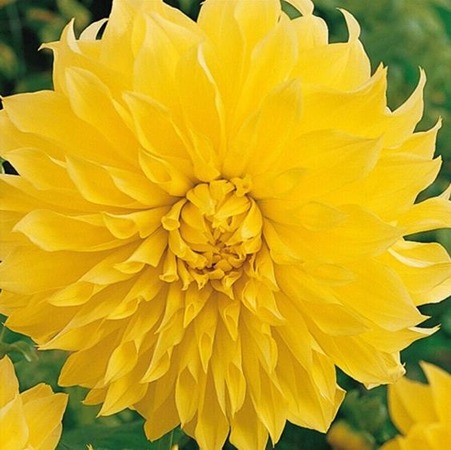
- Dahlia Magenta Star: Unlike the fuller varieties, certain dahlias like ‘Magenta Star’ feature a single row of slightly overlapping petals, creating a distinct appearance. This particular variety derives its name from its color and unique petal arrangement.
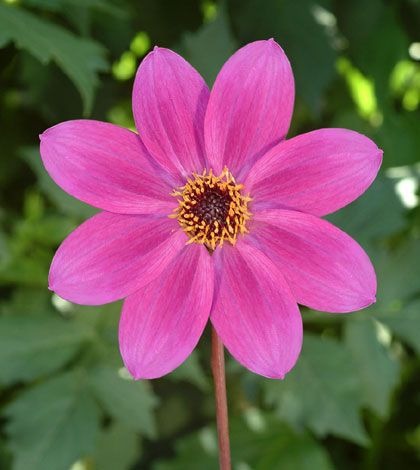
- Dahlia Moor Place: Resplendent in striking red, this dahlia is categorized as a “pompom dahlia” due to its small, double-flowering blooms. The petals of this variety are round and tightly rolled, resulting in a charming pompom-like appearance.
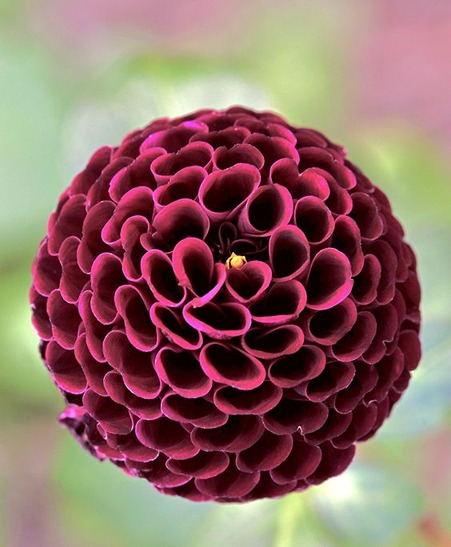
How to Prune
When your dahlia plant reaches a height of approximately 16 inches, it is advisable to prune it to promote optimal growth. This can be achieved by gently pinching off the top tips of the plant just above a healthy set of leaves. By doing so, you encourage the development of multiple new stems from the point where the central stem was pinched. This pruning technique stimulates branching, leading to a bushier and more vigorous growth pattern for your dahlias.
In addition to pruning the plant’s main stem, it is beneficial to practice deadheading. Deadheading involves removing faded flowers as they wither and die back. By promptly removing these spent blooms, you encourage the plant to redirect its energy towards new growth and the production of additional flowers. Deadheading also helps the dahlias maintain a neater and tidier appearance.
Regular pruning and dead heading play a crucial role in maximizing the potential size and flower production of your dahlias. While dahlias can still grow healthily without pruning, they may not achieve their fullest size and may produce fewer and smaller flowers. By implementing these pruning practices, you can enhance the overall health, vigor, and blooming capacity of your dahlia plants.
How to Propagate Dahlias
There are two methods for propagating dahlias: through cuttings or by utilizing overwintered tubers. If you choose to propagate through cuttings, it is necessary to wait until your tubers start sprouting in the spring. However, if you wish to expedite the growing process, you can gain an advantage by dividing your dahlia tubers and planting them in containers indoors before the outdoor temperatures rise. This early start allows your plants to reach full maturity by summer, potentially resulting in earlier flowering. Moreover, dividing the tubers prior to planting enables you to generate a greater number of plants, leading to an increased abundance of flowers.
How to Propagate Dahlias by Division
- Prepare the following items for propagating your overwintered dahlia tubers: a trowel, garden shears or pruners, potting soil mixed with vermiculite and peat moss, large growing containers, and a 5-gallon bucket.
- In the 5-gallon bucket, combine the potting soil and peat moss, and add water until the mixture is barely moist. Transfer this soil mixture into several different growing containers.
- Inspect a clump of tubers and identify those with visible eyes. If you are unable to find the eyes, place the clump in a warm and moist area for a few days until the eyes begin to swell or sprout. Once identified, use garden shears or pruners to cut those tubers from the clump at the neck. Depending on the clump’s size, you can remove multiple tubers from each one.
- Dig planting holes in the soil of each container. For small tubers, dig holes that are 2 to 3 inches deep, and for large tubers, dig holes that are 6 inches deep. Place single tubers horizontally in the planting hole with the eye pointing upwards. Alternatively, if you have tuber clumps, plant them upright and vertically, ensuring that at least one inch of soil covers last year’s stem.
- Allow the tubers to sprout by placing the containers in a sunny window.
- Keep the soil slightly moist ensuring that it never completely dries out. It’s important to note that dahlia tubers are susceptible to rotting before they sprout, so avoid overwatering.
- Once the tubers have sprouted and developed three sets of branches, pinch off the top of each sprout.
- When the soil warms up in late spring, it’s time to transplant your dahlias. For small varieties, plant them at least 12 inches apart, while large varieties should be planted 3 feet apart. Maintain a spacing of 2 to 3 feet between rows.
How to Propagate Dahlias from Cutting
- Wait until your tubers have sprouted and reached a height of at least 3 inches.
- Gather the necessary materials: a sharp knife, alcohol pads, potting soil, rooting hormone powder, and a 4-inch pot. Clean your knife using the alcohol pads and let it dry.
- Make a cut just below the sprout, partially into the tuber.
- Place your cutting on a hard surface and trim off the lower leaves.
- Prepare the pots by filling them with potting soil, then create three or four small holes along the edge of each pot.
- Dip the end of your cutting into the rooting hormone powder and carefully insert it into one of the holes, filling it back up with soil. Repeat this process with the remaining cuttings and holes.
- Water the pot thoroughly, allowing it to drain, and place it in a sunny window. Remember to keep the soil consistently moist.
- After approximately two to three weeks, your cuttings should have rooted. Once they are growing well and the temperatures have warmed, you can transplant them outdoors into your garden bed, making sure to follow the recommended spacing guidelines.

Grow Dahlias from Seed
You can grow dahlias from seeds obtained from your local nursery or by collecting seeds from your plants from the previous year. Here’s how to do it:
Prepare a seeding tray by filling it with seed starting mix. Sow the seeds indoors, directly into the mix, about four to five weeks before the last frost.
Place the tray in a sunny window and ensure that the soil remains consistently moist.
Once the seedlings have sprouted, allow them to develop one true set of leaves before transplanting each seedling into its own individual cell or small pot.
When the outdoor soil temperatures reach around 65 to 70 degrees Fahrenheit, it’s time to transplant the seedlings directly into an outdoor garden bed.
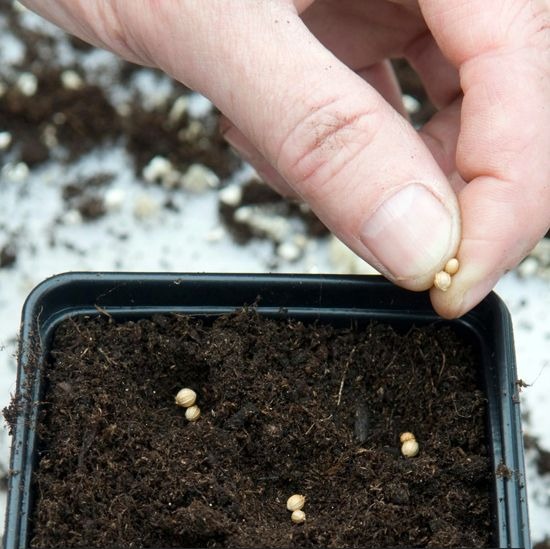
Potting and Repotting
If you choose to grow dahlias in pots, it is recommended to opt for larger containers. A general guideline is to select a container that is at least 12 inches deep and wide. By using containers of this size or larger, you can avoid the need to repot your dahlias throughout the season. During the summer, bring your containers outside to provide optimal conditions for full growth and abundant blooms. To ensure that the stems remain upright, it’s advisable to stake them. Alternatively, you can also consider cultivating compact dahlia varieties that require less space.
Overwintering
When growing dahlias as annuals, it is necessary to dig up the tubers, store them indoors during winter, and replant them in the following spring. Most zones are not suitable for leaving these delicate flowers in the ground throughout the winter.
To begin, choose the healthiest plants from your garden and wait for the first hard frost. Trim the plant back to 4 inches above the ground. Allow the tubers to remain in the ground for one week before proceeding with the digging process.
When digging, start at least 1 foot away from the stem and carefully extract each root ball. Handle the tubers with care, ensuring they are not damaged, and remove any excess dirt. Allow the root ball to air dry in a sheltered area protected from frost and direct sunlight.
At this stage, you have the option of either storing the entire root ball in a bag or carefully separating the tubers and storing them individually. Store your tubers in pots, boxes, or bags, ensuring they are kept in a cool, dark, and humid environment.
Common Pests and Plant Diseases
Dahlias are attractive to common pests such as slugs, earwigs, caterpillars, and thrips. Slugs pose a particular threat to young and tender foliage, but as the plants mature, they usually become less of a problem.4 Deer can also be a concern for some gardeners, although some claim that deer tend to avoid dahlias. This may vary depending on the plant varieties present in your garden. It’s advisable to take precautions to protect your flowers, just in case.
Powdery mildew and other fungal diseases can affect dahlias. To minimize the risk, it is important to keep the foliage as dry as possible and provide adequate spacing between plants to ensure good air circulation. If you observe any signs of infection, it is recommended to treat it with neem oil or another natural solution.
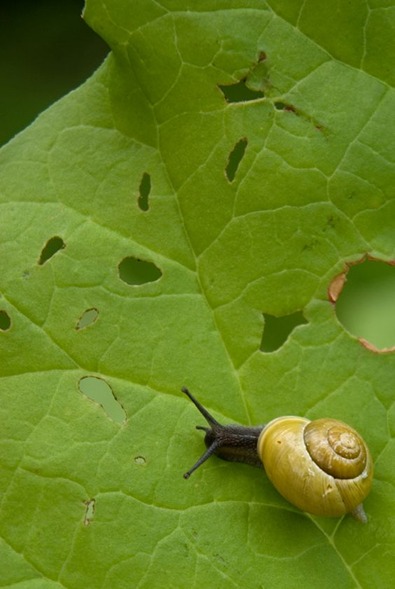
How to Get Bloom
Dahlias exhibit their blooming splendor from midsummer through fall, typically gracing us with their vibrant flowers between the months of June and September or October, varying based on the specific growing region. After being planted in late spring, dahlias typically take around eight to ten weeks to reach maturity and start flowering.
Dahlias have the potential to grace us with their blooming beauty for an impressive duration of up to 120 days, which is equivalent to three months. This flowering period extends from the time they initiate blooming in the summer and continues until the arrival of fall.
Common Problems
Dahlias can be somewhat finicky and sensitive to their growing conditions, but fortunately, numerous modern cultivars have been developed to be more dependable and straightforward to cultivate. Nonetheless, there are a few typical issues you might come across when growing this plant species.
White Based on Stems
The occurrence of stem rot is possible in dahlia beds that have received excessive watering or have inadequate drainage with heavy soil. To prevent this problem, it is crucial to amend your soil prior to planting and ensure that there is no stagnant water in your garden beds.

Wilting Flowers
During the intense heat of a midsummer day, dahlias have the tendency to droop and appear wilted. However, this natural response should not be cause for concern, as it is the plant’s adaptive mechanism to cope with the stress. As long as the bed is adequately moist, you can expect your dahlias to regain their vitality and stand upright again once the sun sets.
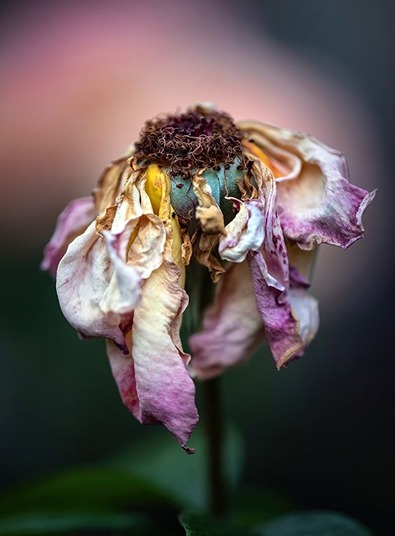
Yellowed Leaves
If dahlias receive excessive watering, their leaves may turn yellow and have a mushy texture when touched. In addition, the flowers can become dry or brittle if the roots are overwatered, as they are unable to absorb additional moisture. If you notice these symptoms and the soil still feels damp, it is advisable to reduce the frequency of watering until the plant regains its vigor.
